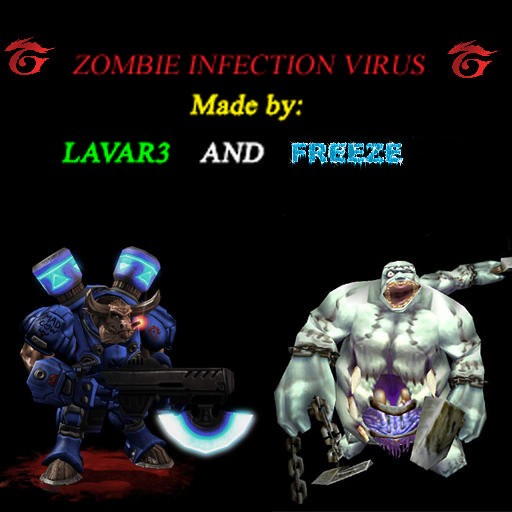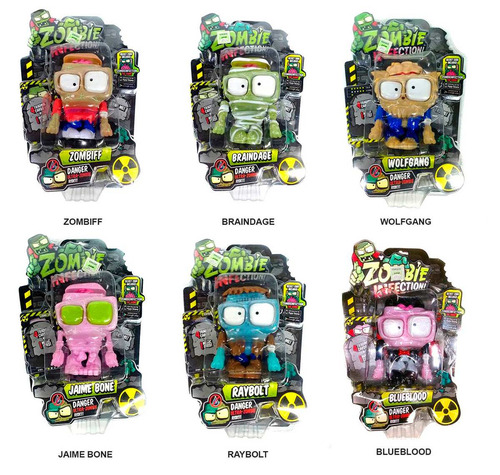
Zombies rarely reanimate in under a few hours after exposure or death.Infected are still living and breathing human beings who require oxygen, and can drown, or even die from a severely damaged trachea. As such, they can infest even the depths of the ocean floor. Some zombies (such as Brooks Zombies) are even immune to bacteria and parasites involved in natural decomposition, and resistant to saltwater corrosion. Zombies are officially deceased - walking corpses that can move without dependence on oxygen on any level.

Despite being less orally fixated creatures, the Infected are still more than adequete at spreading the disease whenever they pierce the flesh of, or project bodily fluids into the face of their prey. Infected are motivated more on the destruction or infection of their prey, with biting being only one method of accomplishing their goal. Zombies' primary motivation seems to be the consumption of their prey (even if they do not receive sustinance from the act of consumption).Infected, on the other hand, need food or they will starve and die of hunger or thirst (though the Rage virus apparently causes its hosts to become disinterested in self-nourishment, making starvation virtually inevitable). Zombies do not need food so they do not starve but will decompose after a certain amount of time (not destroying them, their bodies just become weaker) This process is much longer than most decomposing corpses, as normally other organisms exist in the breakdown of tissue, but Solanum infested tissue prevents this.They can also be brought down with poisonous gas, and any other means that are fatal to uninfected humans. Infected can be brought down by shooting the torso or any other vital body part.


The immediate change is a total reversion to an aggressive, feral personality type. Infected are people, technically still alive, whose bodies are ravaged with some sort of biological pathogen that irrevocably (and fatally) transforms the hosts bodies and minds. The Infected (known as "fast zombies" in some circles) aren't zombies in the truest sense, and many (but not all) fans of Zombie fiction feel that the distinction is very important. The Different Types Of Zombies The Infected (28 Days Later)


 0 kommentar(er)
0 kommentar(er)
